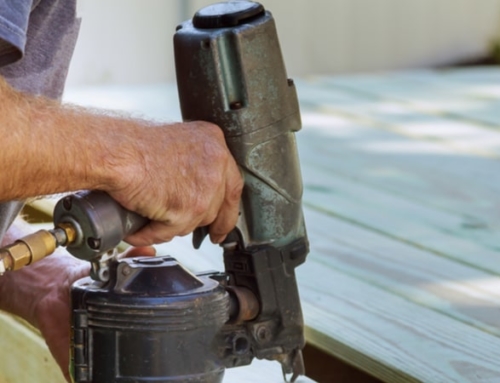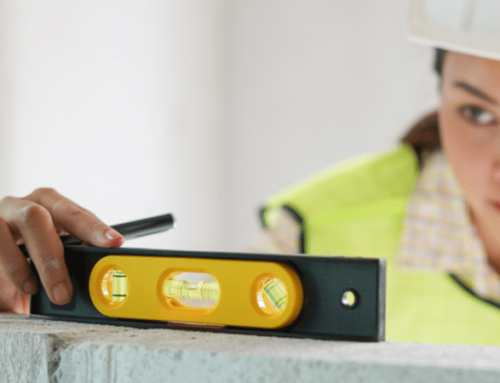Electricity can present a danger in the home if you don’t take certain precautions to ensure the safety of your family. In many homes, electricity runs through extension cords and cables. If you’re not using the right extension cord, electricity can become a safety risk in your home.
“Power extension cords are not created equal, but rather are manufactured for use in specific applications and environments, and to carry varying amounts of electrical current,” says Paul Holstein, chief operating officer of CableOrganizer.com, a company that sells products to help you manage the electrical wires in your home.
Although both types of cords carry electricity, indoor extension cords and outdoor extension cords aren’t interchangeable. The outdoor extension cords have thicker coatings to protect the cables inside from the weather elements. While it’s fine to use an outdoor extension cord for electricity inside, you shouldn’t use the inside cords for electricity on your porch or in your yard.
Electricity is measured in watts and some devices like a curling iron use more watts than a simple table lamp. Make sure the extension cord you pick can handle the amount of electricity you’re planning on using.
If you use multiple electrical devices on one extension cord, add up the combined wattage of the devices to be sure that you’re not going over the extension cord’s electricity limit.
Electricity is conducted through a metal wire inside the extension cord. The thickness of this wire is referred to as gauge. Different gauges of wire can carry differing amounts of electricity over a certain distance.
Calculating electricity can be tricky. Sometimes electricity is listed in amps and volts instead of watts. To calculate electricity requirements, multiply the number of amps by the number of volts. The resulting number will be the electricity in watts. Electricity serves as a vital resource in our homes today, but when used improperly, electricity can be a safety risk. Following these tips will ensure that you use electricity and extension cords safely.
For more stories on consumer safety, real estate and personal finance visit ThinkGlink.com. Also check out our article on electric shock.
July 30, 2008.






Leave A Comment